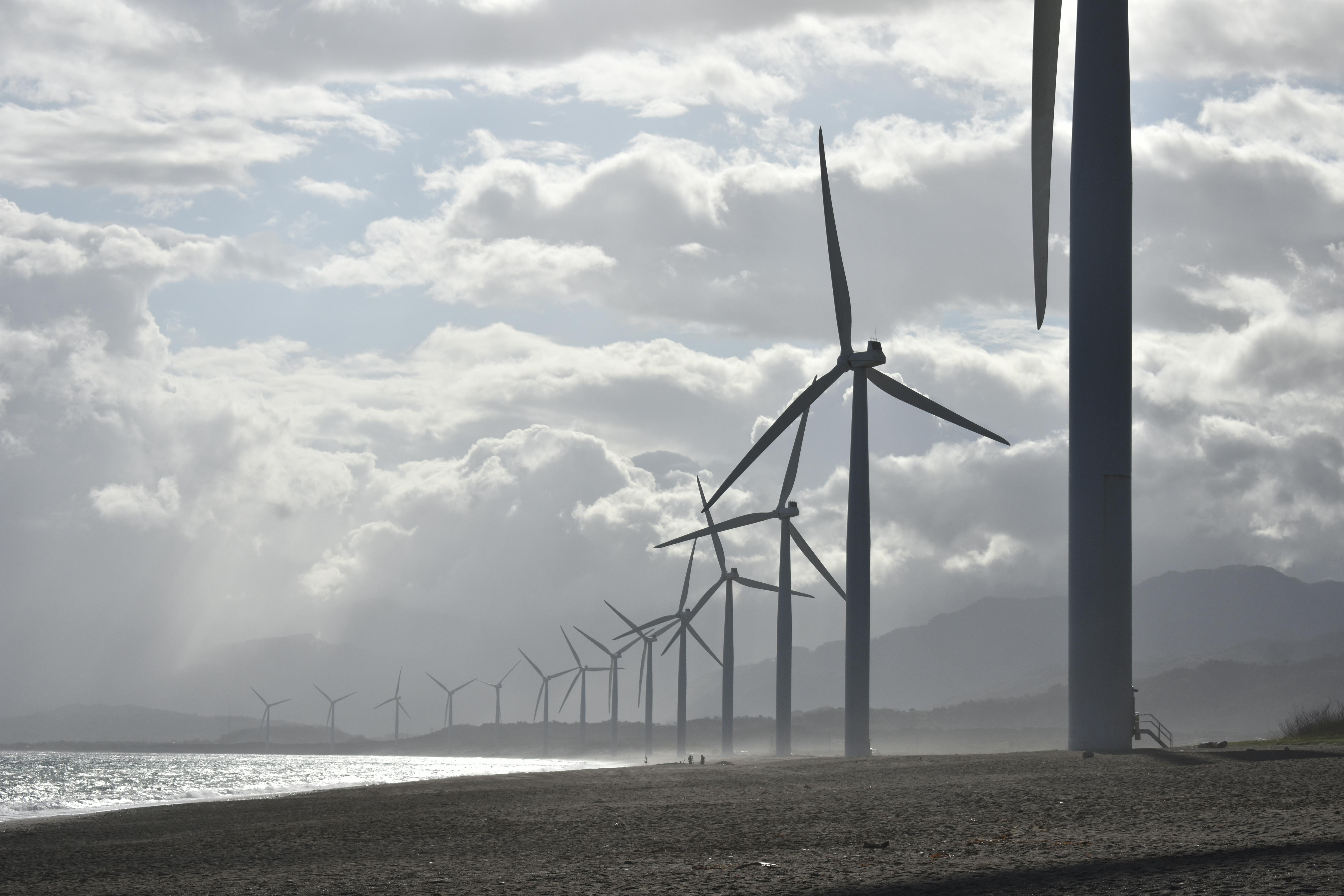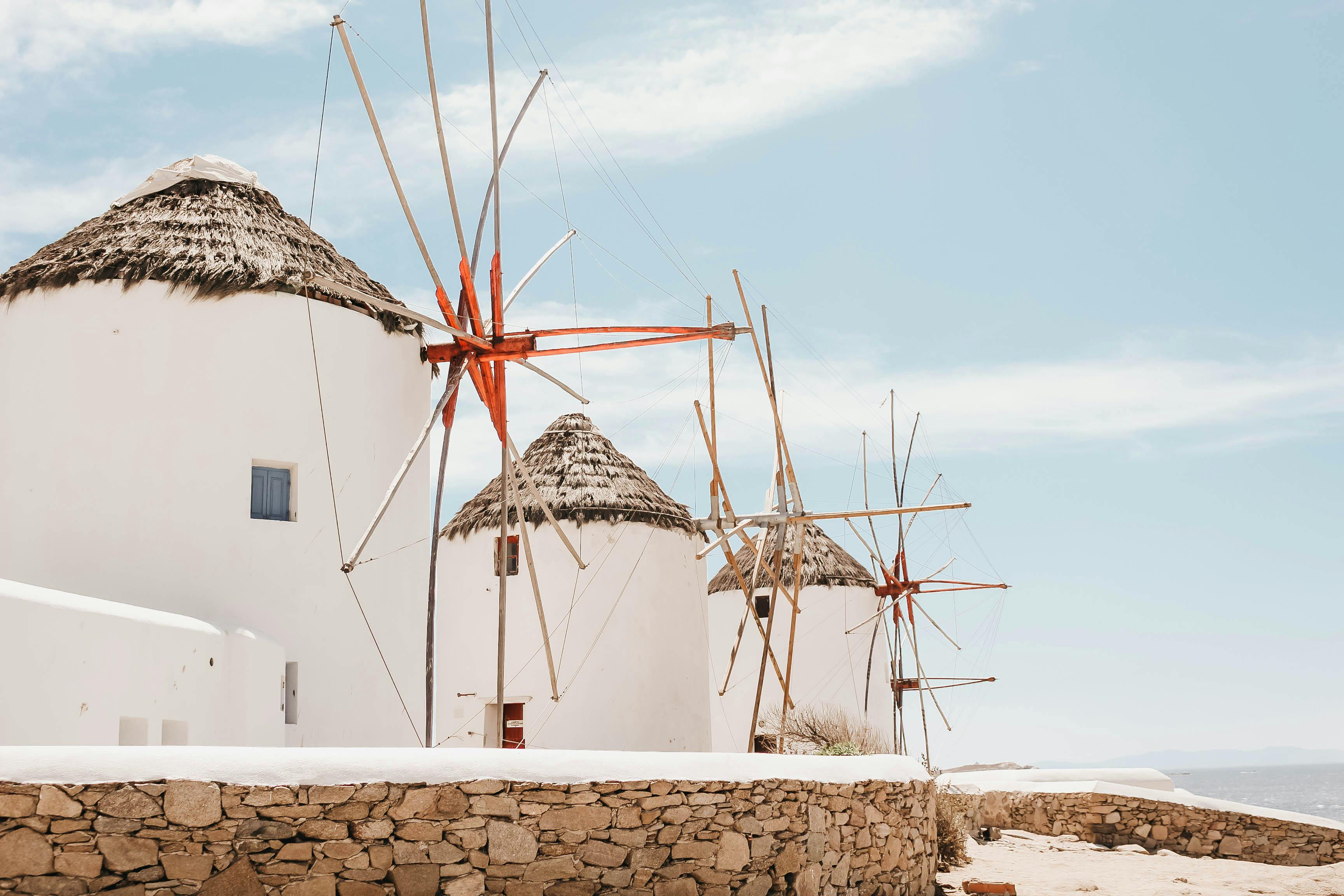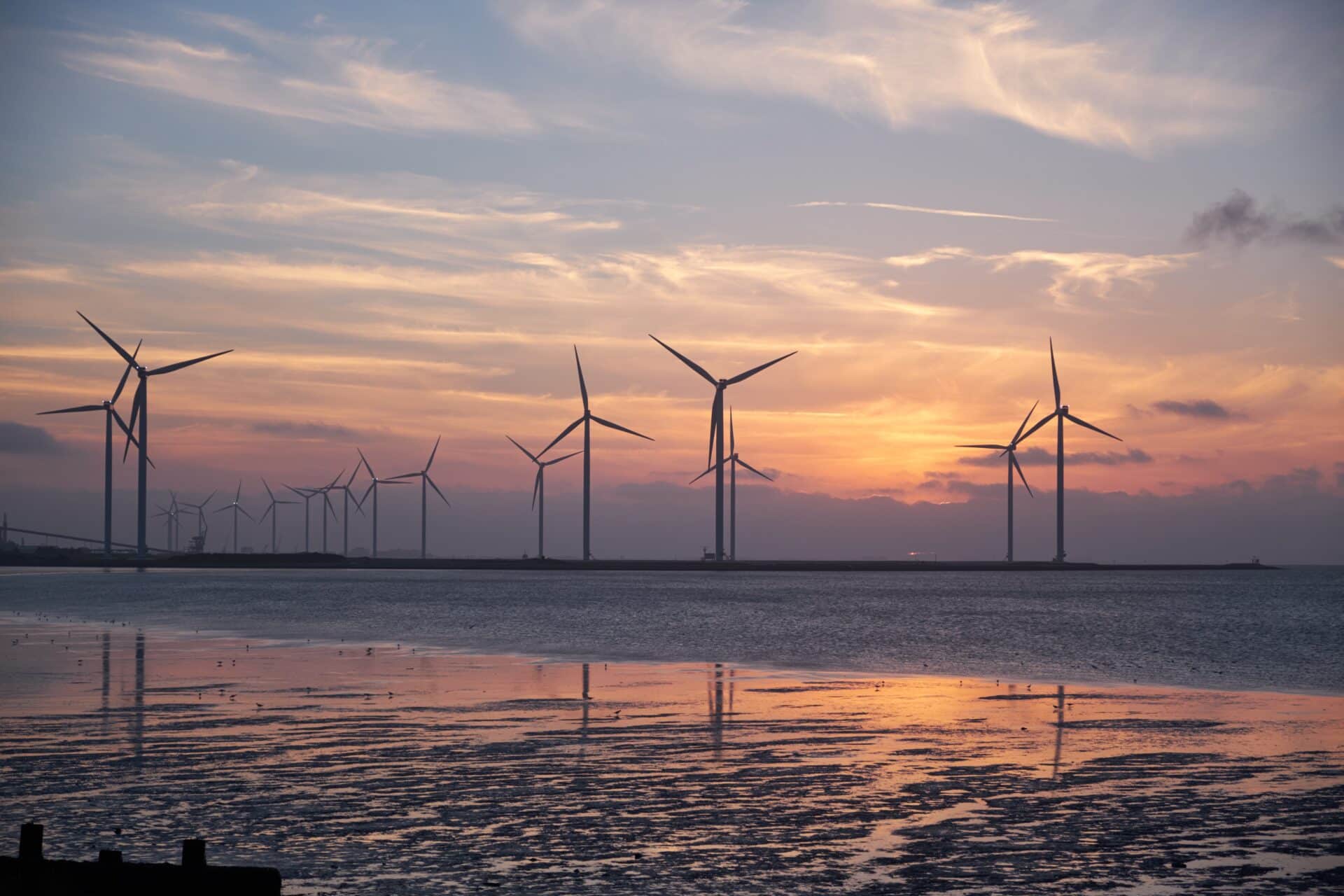Distilling water without electricity is a simple process that can be used to produce pure, clean drinking water. This method doesn’t require any special equipment or chemicals, so it’s easy to do with items found around the home. In this article, we’ll explain how to distill water without electricity and provide some tips on making sure the process is successful.Distilling water without electricity is possible using a solar still. A solar still is a simple device which utilizes the sun’s energy to evaporate and condense water. To make a solar still, dig a hole in the ground and line it with plastic sheeting. Place a container in the middle of the hole, and cover the hole with another sheet of plastic. Secure the plastic sheets to the sides of the hole with rocks or soil so that no air can escape. Place a small rock in the center of the plastic sheet over the container so that when water vapor condenses, it will roll down into the container. Finally, place a small cup near one edge of your solar still to act as a wick and draw water out of the soil below. Once you have your solar still set up, let it sit in direct sunlight for several hours to distill your water.
What You Will Need for Distilling Water
Distilling water is a great way to ensure you are drinking pure, safe water. But first you need to have the right equipment. Here are some of the items you will need in order to distill water:
A distillation unit: This is an essential piece of equipment for distilling water. It can range from a simple pot-and-pan set up to a complex industrial unit. You will need to choose the right one for your needs.
A heat source: This could be either gas or electric, depending on what type of distillation unit you have chosen. Make sure that your heat source is powerful enough to create the necessary temperatures for distillation.
Water supply: The quality of the water you use will determine how pure your distilled water is. Make sure that it is free from any contaminants and pollutants before beginning the process.
Collection container: This will be used to collect the distilled water after it has been heated and evaporated off. Make sure that it is clean and sterile before use.
Step-by-Step Instructions for Distilling Water
Distilling water is a process that involves boiling water to produce steam, which is then collected and cooled to form pure distilled water. This method of purifying water removes dissolved solids and other impurities, leaving only clean, drinkable water behind. Here are the steps for distilling water at home:
1. Fill a pot or large container with the amount of water you want to distill. Make sure it’s enough to cover the bottom of the pot or container and leave some room for steam to form.
2. Place a heat source such as a stovetop burner or electric hot plate under the pot. Bring the water to a rolling boil.
3. Place a second pot on top of the first one and secure it in place with clamps or tape. Make sure that there is an airtight seal so that no steam can escape.
4. Put ice cubes in the second pot and wait for the steam from the boiling water in the first pot to condense on its sides and
Boiling the Water to Create Condensation
Boiling water is a common method for creating condensation. The process involves heating water to its boiling point, which causes it to turn into a vapor. This vapor then rises into the air and the surrounding environment cools it down, causing it to condense back into a liquid form. This condensed liquid is known as condensation. It is useful for many different applications, including cooling electronics, humidifying air, and providing drinking water.
The process of boiling water to create condensation is fairly straightforward. First, the water is heated until it reaches its boiling point. Once the boiling point has been reached, the vapor created rises and enters the surrounding environment. As it cools, some of the vapor turns back into liquid form and collects on colder surfaces like windows or walls in the form of droplets. These droplets are known as condensation.
The amount of condensation produced will depend on several factors such as temperature and humidity levels in the environment. If there are higher levels of humidity in the air, then less condensation will be produced since more of the
Catching the Condensation in a Container
Catching the condensation that forms on windows can be a great way to save water and money. It can be done easily by simply placing a container underneath the window or on the windowsill. The container should be large enough to hold the water that will be collected from the window and should have a lid to keep it from evaporating. The water collected can then be used for watering plants or for other purposes, such as washing dishes or clothes.
It is important to make sure that the container used is clean and free of debris so as not to contaminate the water being collected. Additionally, it is important to check the container regularly for signs of mold or mildew, which could indicate that it is time to clean or replace the container. Finally, make sure that any containers used are placed away from direct sunlight, so as not to heat up and cause bacteria growth in the collected water.
In conclusion, catching condensation in a container is an easy way to save money and conserve water. By making sure that containers used are clean and placed away from direct sunlight, you can

Cooling the Condensation to Collect the Pure Water
The process of cooling condensation is used to collect pure water from the atmosphere. It involves cooling air until it becomes saturated with water vapor, which then condenses into liquid droplets. The droplets are then collected and cooled further until they become pure liquid water. This process is often used in areas where there is a lack of other sources of clean drinking water, such as in areas hit by natural disasters or in developing countries. Cooling condensation is also a useful way to capture and store water during times of drought or low rainfall.
The process begins by cooling air until it reaches the dew point, which is the temperature at which air can no longer hold any more moisture. As the air cools, it becomes saturated with vapor, and this vapor condenses into tiny droplets of liquid that collect on surfaces such as walls or pipes. These droplets can then be collected and cooled further until they become pure liquid water. This process can be done using simple methods such as open pans or more sophisticated systems that use cooling elements such as coils or plates.
Once
Health Benefits of Distilled Water Compared to Tap Water
Distilled water is a type of purified water that has been stripped of its minerals through the process of distillation. This process involves boiling water and collecting the condensed steam, which is then cooled and collected in a container. The result is pure, clean drinking water that has no minerals or other impurities. As a result, it can be more beneficial than tap water in certain situations.
One of the main benefits of distilled water is its lack of contaminants, such as chlorine and fluoride. These chemicals are often added to municipal tap water as part of water treatment processes, but they can be harmful when consumed in large amounts over long periods of time. By using distilled water instead, you can avoid these chemicals and enjoy purer drinking water.
Another advantage of drinking distilled water is that it does not contain any minerals or other impurities like tap water does. Minerals such as calcium and magnesium are naturally present in many sources of drinking water, but some people may find them offensive or even unhealthy when consumed in large amounts over time. By consuming distilled water instead, you avoid these mineral impurities
1. Cost-effective
Distilling your own water at home can be an incredibly cost-effective way to ensure that you have safe, clean drinking water. Distillation is a simple process that does not require any expensive equipment or electricity, meaning you can save money on your water bill while still providing yourself with clean drinking water. With the right setup, you can start distilling your own water in no time at all!
2. Environmentally Friendly
Distilling your own water is also an environmentally friendly way to go about meeting your drinking water needs. By avoiding the need to buy plastic bottles and other containers, you are helping to reduce the amount of waste created by bottled water consumption. Additionally, since distillation does not use electricity, it is a great way to reduce your carbon footprint and help protect the environment.
3. Easily Accessible
Distillation does not require any special equipment or materials and is easily accessible for anyone who wants to try it out. All you need are some basic items such as a pot or pan,

Conclusion
Distilling water without electricity is a great way to ensure that your water is clean and safe to drink. It can be done with simple materials and tools, making it an affordable and practical solution. It does require some patience as it is a slow process, however, the results are worth the wait.
Even if you do not have access to electricity, you can still distill water with the help of solar energy and other non-electric powered methods. With careful research and the right materials, you can make sure that your family has clean drinking water for years to come.
Distilling water without electricity is an important skill that everyone should have. It is a great way to make sure that your family has access to clean drinking water, even when there are no other options available.

